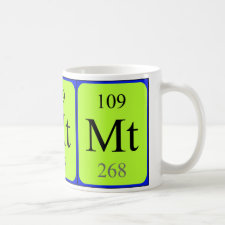
Authors: Liu JB, Tang SS, Sun JN, Jin RF
Article Title: Theoretical Research on Self-assembly System of Molecular Imprinted Polymers Formed by Ciprofloxacin and Trifluoromethacrylic Acid.
Publication date: 2013
Journal: Chemical Journal of Chinese Universities
Volume: 34
Issue: (11)
Page numbers: 2566-2573.
DOI: 10.7503/cjcu20130514
Alternative URL: http://www.cjcu.jlu.edu.cn/EN/abstract/abstract25044.shtml
Abstract: Long range corrections are applied to simulations of the self-assembly system of the molecularly imprinted polymers(CIP-MIPs) formed by ciprofloxacin(CIP) and trifluoromethacrylic acid(TFMAA). CIP was taken as the template molecule and TFMAA was taken as the monomer. The geometry optimization, the bon-ding situation, and the binding energies of CIP with TFMAA in different proportions were studied. The selectivity had also been discussed. The results indicate that CIP and TFMAA form ordered compounds via the hydrogen bonding. The compounds were mutual remedy in the molecular structure. The polymer with the molar ratio of CIP-TFMAA(1: 6) had the lowest binding energy. By simulating the rebinding energies between the ENR, NOR, OFL and CIP-MIPS after the elution of CIP, the selectivity of the CIP-MIPs to CIP imprinting molecules was predicted. The selectivity of CIP-MIPs to CIP is excellent with the presence of both CIP and OFL. In addition, the CIP-MIPs of different imprinting ratios of CIP and TFMAA were prepared to study the binding capacity of the polymers. The experimental results show that the CIP-MIPs synthesized by CIP and TFMAA with the molar ratio of 1: 6 have the best binding capacity, and the selective factor of the CIP-MIPs to OFL is the largest. The conclusion of experiment was consistent with the results of calculation.
Template and target information: ciprofloxacin, CIP
Author keywords: Ciprofloxacin, Trifluoromethacrylic acid, molecular imprinting, computer simulation, binding capacity, selectivity



Join the Society for Molecular Imprinting

New items RSS feed
Sign-up for e-mail updates:
Choose between receiving an occasional newsletter or more frequent e-mail alerts.
Click here to go to the sign-up page.
Is your name elemental or peptidic? Enter your name and find out by clicking either of the buttons below!
Other products you may like:
 MIPdatabase
MIPdatabase









